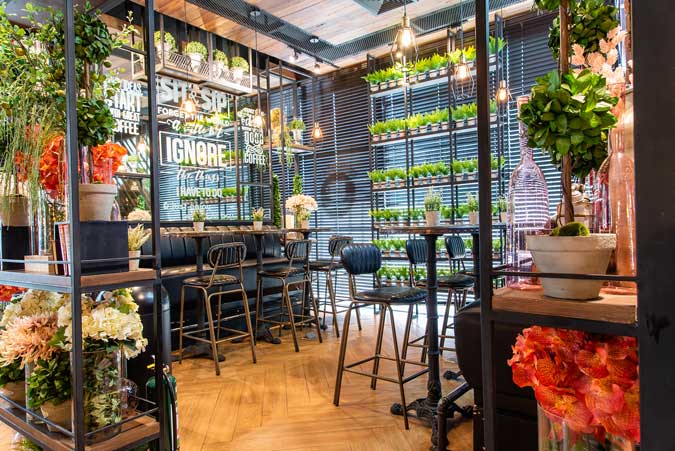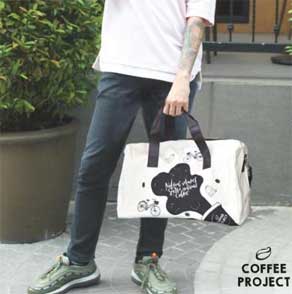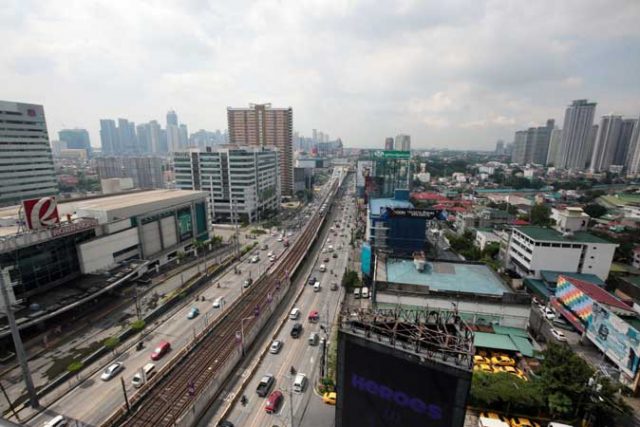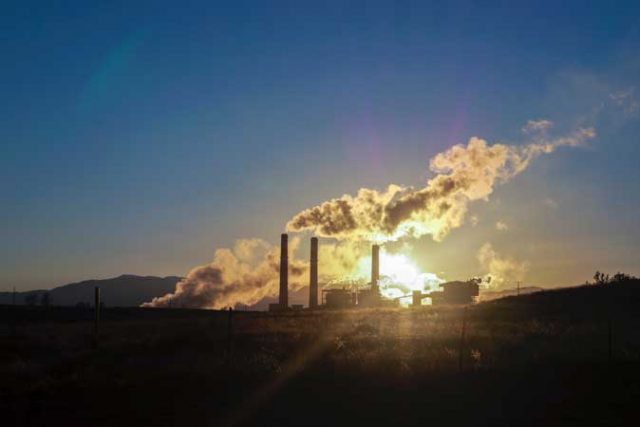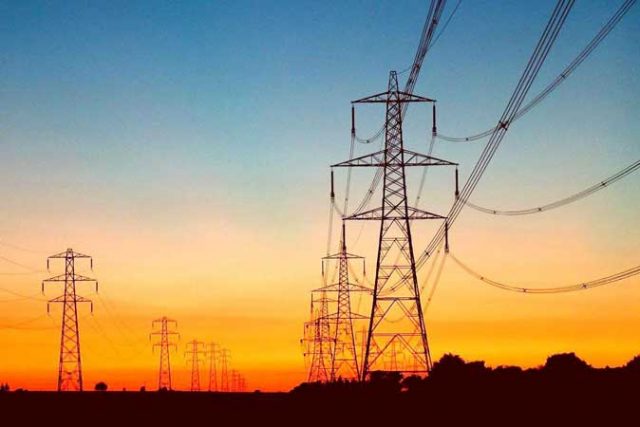By Jenina P. Ibañez, Reporter
THE PHILIPPINES slipped seven spots in an annual global competitiveness report, the steepest decline in Asia after its economic performance slumped amid the coronavirus disease 2019 (COVID-19) pandemic.
Switzerland-based business school International Institute for Management Development’s (IMD) 2021 World Competitiveness Report ranked the Philippines 52nd out of 64 countries, down seven spots from 45th last year. This year’s ranking is the Philippines’ lowest in five years.
Switzerland took the top ranking overall in this year’s World Competitiveness Index, followed by Sweden, Denmark, and the Netherlands.
The country still lags in the region, as it ranked 13th out of 14 Asia-Pacific economies.
Singapore took the highest spot among Asian economies at fifth place, followed by Hong Kong (7th), Taiwan (8th), and China (16th). At the 60th spot, Mongolia was the only Asia-Pacific economy behind the Philippines.
“This year’s results expose the strengths and weaknesses of the world’s economies under the litmus test of the COVID-19 pandemic and how economies that were caught most off guard with managing the health side of the pandemic were not necessarily those that suffered the most on an economic level,” IMD said.
The IMD report ranked a country’s competitiveness using indicators grouped under four factors: economic performance, government efficiency, business efficiency, and infrastructure.
The Philippines’ performance according to IMD declined after the economy slumped by a record 9.6% last year. The country implemented one of the world’s longest and strictest lockdowns, leaving many out of work and businesses struggling to survive.
“Its economic performance fell the hardest due to its poor domestic economy, international investment and employment which saw unemployment rates double from around 5% to more than 10%. It has also suffered in its public finances and productivity of firms in the private sector.”
The annual unemployment rate reached a record-high 10.3% last year, versus the 5.1% in 2019. This is equivalent to 4.5 million Filipinos who do not have jobs, but are looking for one.
According to IMD, the Philippine rankings dropped in three of the factors — plunging to 57th spot from 44th in economic performance and falling three places to 45th in government efficiency. Business efficiency slipped four spots to 37th due to poorer performance in productivity, labor market, finance, and management practices.
The country retained its poor infrastructure ranking at 59th for a third straight year, despite the government’s massive “Build, Build, Build” program.
IMD World Competitiveness Center Chief Economist Christos Cabolis said that the country’s decline in ranking is not specifically related to its recent response to the COVID-19 pandemic.
“Its long-term performance has also played a part, which limited its options in addressing the health and economic crises,” he said in an e-mail to BusinessWorld. “Digitally advanced economies that have seamlessly transitioned to ‘work-from-home’ have thrived compared to their peers.”
The economies that did well, he added, are those that have set up long-term trends in innovation, digitalization, social nets, health, and social cohesion.
Chris Nelson, British Chamber of Commerce executive director, said the lockdowns adversely affected the country’s consumer-driven economy, especially in Metro Manila.
“What investors and people are looking at is clarity. Particularly in the case of the Philippines, you’ve been particularly affected by certain key sectors: transportation, hotels, tourism, real estate. So this will change if we can get more clarity,” he said in a phone interview, referring to vaccine and other pandemic-related programs.
European Chamber of Commerce of the Philippines President Nabil Francis in a mobile message on Wednesday said that the chamber supports workforce skills development measures to improve the country’s competitiveness.
“The recent ranking is a call for policy makers to swiftly enact key economic reform measures,” he added, naming foreign investment liberalization measures pending in Congress.
Comparing the Philippines’ performance to Asian economies that took the top spots, Mr. Francis said “population size also plays a role in the competitiveness of some economies as is the case with Singapore and Hong Kong with relatively smaller demographics.”
The Philippine results reflect the impact of the pandemic, the Asian Institute of Management’s center for competitiveness said in a statement on Thursday.
“Some of the challenges that the Philippines face in 2021 include ensuring inclusive economic recovery and quickly reviving business and consumer confidence, effectively controlling the COVID-19 pandemic and implementing full vaccination rollout, building resilient social infrastructure, especially in health and education, sustaining increased investment in physical and digital infrastructure, and maintaining fiscal health while adequately providing stimulus and support, especially for vulnerable sectors,” the center said.

